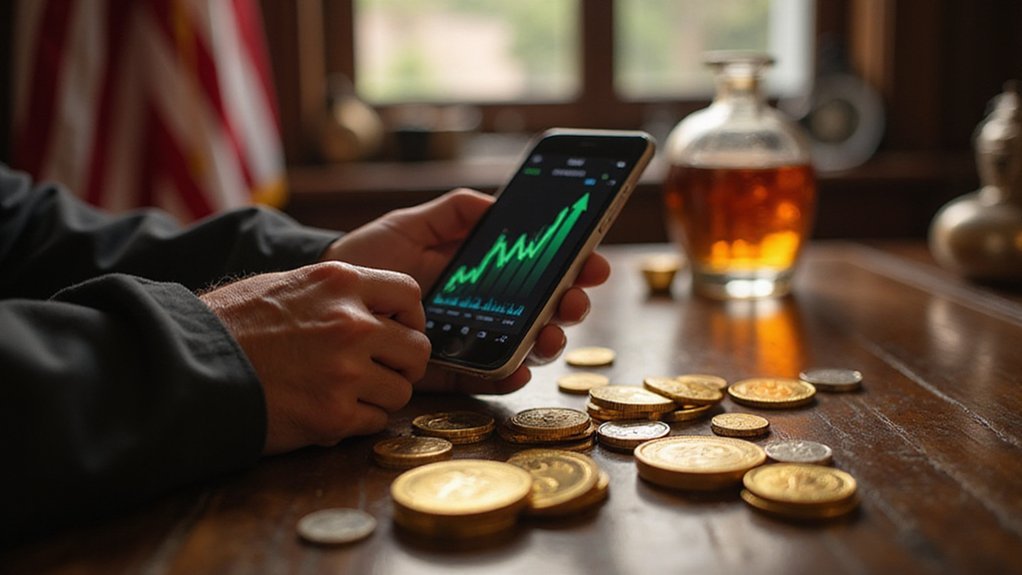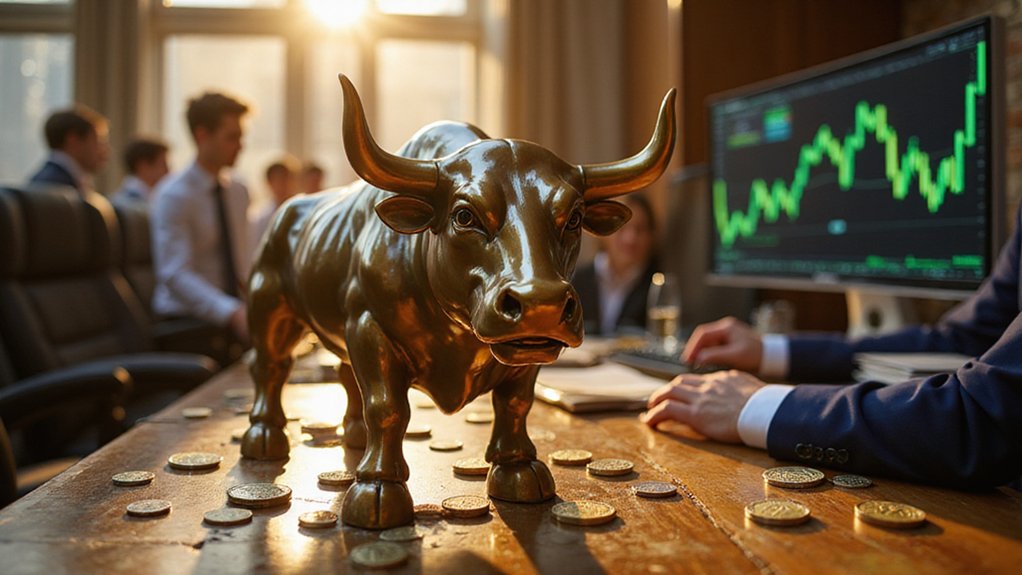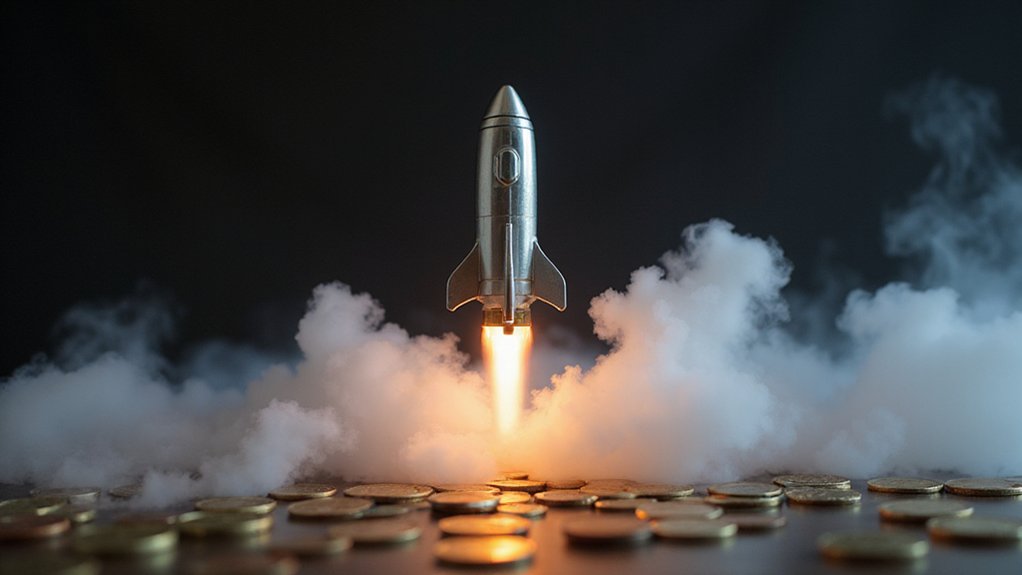Within mere months of returning to the Oval Office, Donald Trump orchestrated what can only be described as the most audacious fusion of presidential power and cryptocurrency speculation in American history—a $2.4 billion capital raise through Trump Media & Technology Group that transforms the traditional boundaries between governance and personal enrichment.
The fundraising structure itself defies conventional venture capital logic: approximately $1.44 billion in new equity paired with $1 billion in convertible senior secured notes that pay zero interest yet convert to common stock at $34.72 per share. Roughly fifty individuals and funds participated shortly after Trump hosted an investor event for his $TRUMP memecoin—timing that suggests either extraordinary coincidence or masterful coordination.
Perhaps most remarkably, TMTG immediately deployed these proceeds into Bitcoin while simultaneously registering a Bitcoin exchange-traded fund, signaling a dramatic pivot from competing with traditional social media platforms toward positioning itself as a political-crypto hybrid entity. This strategic shift coincided perfectly with Trump’s March 2025 Executive Order promoting U.S. leadership in digital assets, the creation of a Strategic Bitcoin Reserve, and his appointment of a “crypto czar.”
TMTG’s $2.4 billion Bitcoin pivot perfectly synchronized with Trump’s presidential crypto policies—coincidence or calculated coordination of power and profit.
The Trump family’s cryptocurrency empire extends well beyond TMTG through their 60% ownership of World Liberty Financial, founded in 2024. WLF generates revenue through multiple streams: the family receives 75% of proceeds from $WLFI token sales, while Trump personally earned over $57 million from platform transactions and holds nearly 16 billion governance tokens potentially worth $1 billion despite lacking active trading markets.
WLF’s creation of USD1 stablecoin, which achieved seventh-largest global status following a $2 billion Binance investment, demonstrates the venture’s institutional reach. The move reflects the broader expansion of stablecoins across new use cases as digital assets mature from speculative investments toward practical financial infrastructure. However, this success carries uncomfortable shadows: investigations into secret foreign payments, currency swaps with entities under criminal scrutiny, and at least one probe reportedly dropped following multi-million-dollar payments to WLF-linked entities.
Trump’s official pardon of an investor in a WLF portfolio company crystallizes the ethical complexities inherent in this arrangement. While spokespeople cite trusts managed by his children as conflict mitigation, the practical reality suggests unprecedented integration of presidential authority with personal cryptocurrency speculation—a $2.4 billion experiment testing American democratic norms. The administration’s promise to position America as the “crypto capital” of the world through comprehensive digital asset leadership appears inextricably linked to these personal financial interests. The cryptocurrency industry’s $238 million in political contributions during the 2024 election cycle made it the largest corporate donor, demonstrating how financial influence preceded and potentially enabled this revolutionary merger of digital assets and presidential power.









